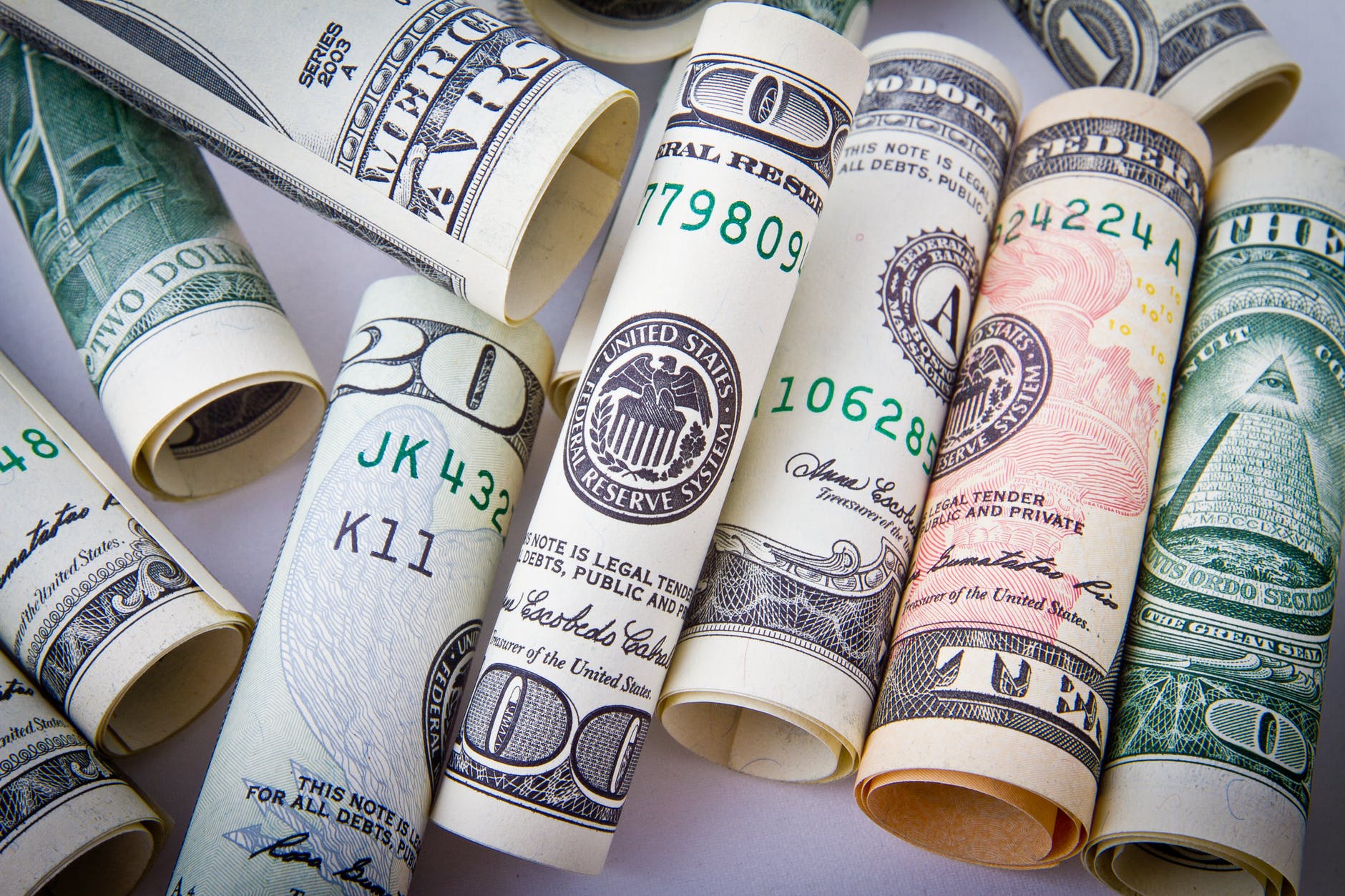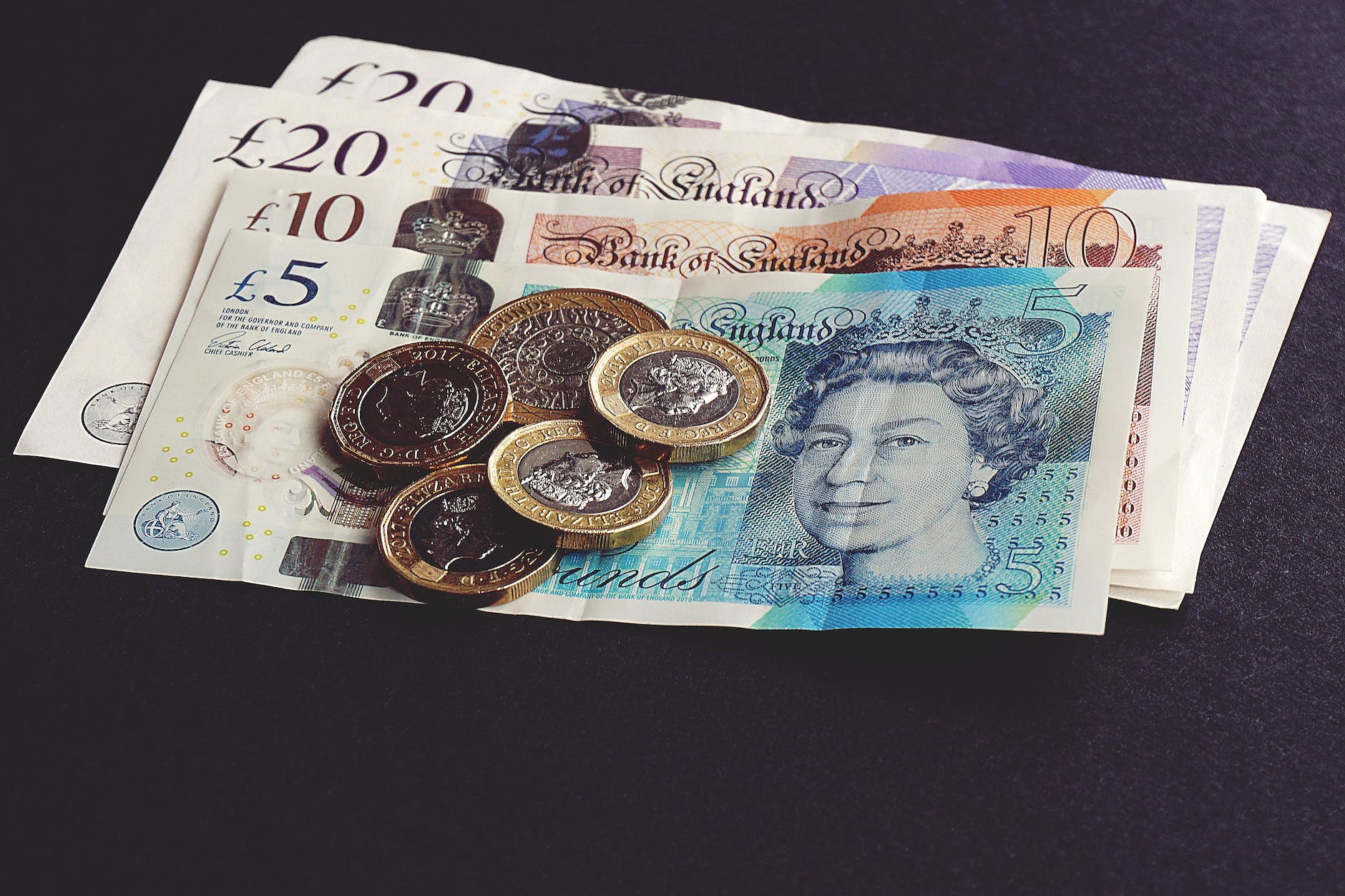A Brief History of Economics

Economics is the study of how societies produce commodities and services as well as how they use them. Economic theory is a fundamental part of our daily lives and has influenced global finance at several significant moments throughout history. However, over time, there have been significant shifts in the fundamental beliefs that underpin the study of economics. Here is a quick overview of the development of economic thought.
Economics is not the consequence of a single person’s ideas and theories. Instead, the discipline has evolved over centuries of knowledge, contemplation, and debate.
Economics in the Ancient World
Writings from four regions of the world—Sumer and Babylonia (3500–2500 BCE), the Indus River Valley Civilization (3300–1030 BCE), which flourished in what are now Afghanistan, Pakistan, and India; the Yangtze River Valley in China; and the Nile Valley in Egypt—all date to the Bronze Age (4000–2500 BCE), when the first fundamental forms of economics were first recorded. To keep track of their harvests, cattle, and land, ancient societies created notation systems utilizing markings on papyrus, clay tablets, and other materials. Along with the development of written language, these accounting systems eventually included techniques for keeping track of property transactions, documenting debt and interest payments, computing compound interest, and other economic instruments that are still in use today.
Egyptian scribes began keeping track of the acquisition and distribution of land and goods around the third millennium BCE.
In order to compute compound interest over the course of months and years, Sumerian traders invented formulas. The first work of economic synthesis, the Code of Hammurabi (c. 1810–1750 BCE), outlines standards for economic activity and offers a thorough framework for trade, including business ethics for merchants and craftspeople.
Also Read: 4 Economic Concepts Everyone Should Know
Written treatises on economic theory and practice started to appear around the first millennium BCE. Hesiod, a Greek poet and philosopher, provided guidelines for running a farm in his Works and Days in the eighth century BCE. This was expanded upon by the military strategist, philosopher, and historian Xenophon of Athens in his book Oikonomikon on the financial administration of an estate.
Aristotle (approximately 350 BCE) developed these concepts further in his book Politics, coming to the conclusion that while private property ownership was desired, accumulating riches only for its own sake was “dishonorable.”

One of the first explanations of supply and demand pricing, as well as the vital responsibilities of a well-managed money supply and a stable currency, were spelled forth in the Guanzi writings from China (approximately the fourth century BCE). One of the primary conclusions was that wars were ultimately won by money rather than by armies.
Also Read: The Five Characteristics of an Inclusive Economy
The work of Thomas Aquinas (1225–1274), among others, demonstrates how economic theory and ethics were frequently merged in Western Europe during the Middle Ages. Few of the authors went into as much detail as Tunisian historian and philosopher Ibn Khaldun (1332-1406). Ibn Khaldun examines economic topics in Al-Muqaddimah, including the dangers of monopolies, the advantages of labor division and the profit motive, and the rise and collapse of economic empires. Hegel and Machiavelli both acknowledged the significance of his work, and many of his concepts predated those of Adam Smith and those who came after him.
Inventor of Modern Economics

Today, Adam Smith, a Scottish philosopher, is usually recognized for founding the discipline of contemporary economics. Smith, though, drew inspiration from French authors of the middle of the 18th century who had a similar antipathy to mercantilism. In actuality, the French physiocrats, particularly Quesnay and Mirabeau, conducted the first systematic investigation of how economies function. Many of their concepts were developed by Smith to form a thesis about how economies ought to function as opposed to how they actually operate.
Adam Smith is credited with developing modern economics after The Wealth of Nations was published in 1776. Thoughts and practices that gave rise to Smith’s paper evolved across many decades and regions of the world.
Also Read: What is an Economic System?
Smith thought that free markets self-regulate competition and that governments should avoid interfering in the business world through tariffs, taxes, or other measures unless necessary to safeguard free-market competition.
Today’s economic theories are, at least in part, a response to Adam Smith’s seminal contribution to the subject, particularly his classic The Wealth of Nations from 1776. Smith outlined a number of free markets, capitalist production, and value systems in this essay. Smith demonstrated how self-interested individuals may foster social and economic stability and prosperity for everybody by acting in their own best interests.

Even earnest Smith supporters admit that some of his theories were incorrect or did not hold up over time. Smith makes a distinction between “productive labor,” such as creating goods that can be stored away, and “unproductive labor,” like duties carried out by a “menial servant,” whose value “perish[es] in the very time of their accomplishment.”
One may argue that in today’s service-based economy, providing exceptional services adds value by building a brand’s goodwill and in a variety of other ways. He ignores the psychological cost of working in hostile or exploitative conditions when he claims that “equivalent quantities of labor, at all times and places, may be considered to be of equal worth to the laborer.” In addition to this, Smith’s labor theory of value, which claimed that a good’s value could be determined by the number of labor hours required to manufacture it, has also been largely disproved.
Also Read: Definition of Economy?
Smith’s treatise received notably negative responses from Thomas Malthus and Karl Marx. Malthus belonged to a group of economists who, in the late 18th and early 19th centuries, were attempting to address the problems presented by the emergence of capitalism in the wake of the French Revolution as well as the growing demands of a developing middle class. Three of the most influential economists of the time—Jean-Baptiste Say, David Ricardo, and John Stuart Mill—were among his contemporaries.
The Dismal Science of Marx and Malthus
Malthus projected that the number of people will outnumber the amount of food available. He was wrong, though, because he failed to anticipate technical advancements that would make it possible for production to keep up with a growing population. However, his work switched the emphasis of economics from the desire for products to their scarcity.
Marx argued that the means of production were the most crucial elements of any economy as a result of this greater emphasis on scarcity. Marx developed his theories and came to believe that the inherent instability of capitalism will lead to a class war.

Marx, however, miscalculated capitalism’s adaptability. The market economy produced a mixed class where owners and workers held the interests of both sides rather than a clear distinction between owners and workers. Marx successfully foresaw one trend despite his theory being extremely rigid: corporations expand and become more powerful to the extent that free-market capitalism permits.
Marginal Revolution
As the concepts of wealth and scarcity emerged in economics, economists began to focus on more specialized issues regarding how markets function and how prices are set. Three different economists—French economist Léon Walras (1834–19010), English economist William Stanley Jevons (1835–1882), and Austrian economist Carl Menger (1840–1921)—each established a fresh viewpoint on economics known as Marginalism.

Their main discovery was that, in reality, people don’t have to make broad selections regarding entire general groups of economic goods. Instead, they opt to buy, sell, or generate each additional (or marginal) unit as they make decisions based on specific units of an economic good. People strike a balance between each good’s marginal value and its scarcity in this way.
Also Read: The Financial Crisis of 2007-08
These choices help to explain, for instance, why a single diamond is substantially more expensive than a single unit of water. Water is a vital necessity for survival, but it is frequently abundant, much as diamonds are scarce despite frequently being used only for decoration. Marginalism immediately established itself as a key idea in economics and continues to do so.
Speaking in Numbers
Walras continued to mathematize his idea of marginal analysis and developed theories and models that were consistent with what he discovered. His work led to the development of general equilibrium theory and the custom of communicating economic ideas quantitatively and statistically as opposed to orally. With the introduction of numerous concepts including economies of scale, marginal utility, and the real-cost paradigm, Alfred Marshall advanced the field of mathematical modeling of economies.
Also Read: The US Economy and How it Works?
The theories developed by Walras, Marshall, and their successors would evolve into the neoclassical school of economics in the 20th century, which is characterized by mathematical modeling, the presumption of rational actors, and the efficient market hypothesis. In the guise of econometrics, statistical techniques were later applied to economic data, enabling economists to formulate and rigorously verify hypotheses using empirical evidence.
Macroeconomic Theory and Keynes
Keynesian economics, sometimes known as macroeconomics, is a new field of economics that John Maynard Keynes created. The economists who came before Keynes were referred to as “classical” economists. While their theories might be applicable to consumer decisions and the market for commodities, in his opinion, they fall short of accurately describing how the economy as a whole function.
Also Read: Effects of Imports and Exports on the Economy
Keynesian macroeconomics describes the economy in terms of large-scale aggregates that represent the rate of unemployment, aggregate demand, or average price-level inflation for all goods rather than marginal units or even particular goods markets and prices. Furthermore, according to Keynes’ theory, governments can have a significant impact on the economy by pursuing expansionary fiscal and monetary policies to boost economic output and stability and prevent recessions.
The Neoclassical Synthesis
These two schools of thought—Keynesian macroeconomics and quantitative, marginalist microeconomics—would ascend to near-total dominance in the study of economics throughout the Western world by the middle of the 20th century. The neoclassical synthesis, which has since come to symbolize conventional economic thought, was what this came to be known as. Other viewpoints are referred to as “heterodox economics,” and it is applied by researchers and policymakers and taught in universities.
Various streams of economic thought have emerged within the neoclassical synthesis, occasionally at odds with one another. The inherent conflict between Keynesian macroeconomics, which sees markets as inherently prone to catastrophic failure, and neoclassical microeconomics, which portrays free markets as efficient and advantageous, has resulted in ongoing academic and governmental debates, with various theories taking precedence at various points.
Also Read: What is Inflation?
The most renowned is Milton Friedman’s monetarism and the Chicago School, which keeps Keynesian macroeconomics and neoclassical microeconomics but emphasizes monetary policy instead of fiscal policy, which Keynes championed. Through the 1980s, 1990s, and 2000s, the monetary theory was widely advocated.
To ease the conflict between macroeconomists and macroeconomists, numerous different theoretical and empirical streams of economics have been proposed. In this effort, macroeconomic concepts or assumptions from microeconomics—such as rational expectations—are either included in macroeconomics or further developed in order to give micro-foundations for Keynesian macroeconomics. This has resulted in the recent emergence of new ideas like behavioral economics as well as a resurgence of interest in previously marginalized heterodox theories like Austrian-school economics.
Factoring in Social Benefit
A new generation of economists has underlined the significance of taking social well-being and income distribution disparities into account when evaluating the performance of a particular economic program. Anthony Atkinson (1944–2017), who concentrated on income redistribution inside a specific nation, stands out among them

Amartya Sen, a Harvard University professor of economics and philosophy, is another well-known and notable figure whose research on global inequality earned him the 1998 Nobel Prize in Economics.
Sen’s work is noteworthy because he brought ethical behavior back into his study. Sen’s ideas may be traced back to the writings of the earliest economists because they shared this concern about the long-term effects of excessive wealth accumulation on society.
THANKS FOR READING




